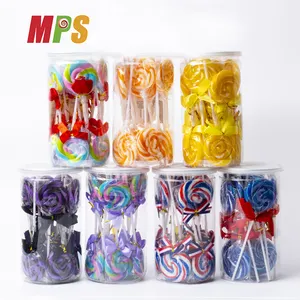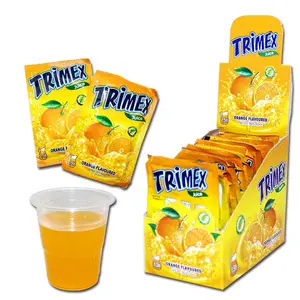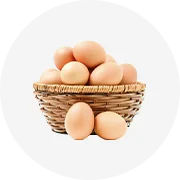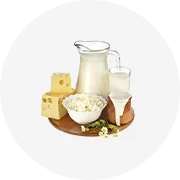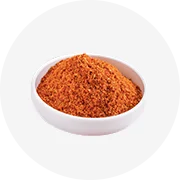Popolare nel tuo settore































































Migliori categorie
Su dimensioni della pietra del fiume
Molti dimensioni della pietra del fiume disponibili su Alibaba.com sono un partner ideale per molti altri alimenti come fagioli e verdure che sono ricchi di fibre. Fanno anche un meraviglioso accompagnamento per ricche salse di pomodoro, formaggi, carni magre e pollame. Questi dimensioni della pietra del fiume sono la base perfetta per un pasto nutriente, sano e soddisfacente.
Ci sono molti diversi vantaggi che questi dimensioni della pietra del fiume possono offrire e su Alibaba.com si possono ottenere grandi risparmi. Prodotti come questi sono ricchi di carboidrati e glucosio, entrambi fondamentali per alimentare i muscoli e il cervello. Poiché sono carboidrati complessi, rilasciano energia a un ritmo lento e sostenuto e il consumatore non sperimenterà picchi di energia.
Se i livelli di colesterolo sono un problema, allora dimensioni della pietra del fiume potrebbe essere l'opzione perfetta. Sono a bassissimo contenuto di sodio e sono quasi completamente privi di colesterolo. Sulla base di una tazza di questi prodotti, il consumatore può ottenere diversi nutrienti essenziali che includono vitamine del gruppo B e ferro. Tutta questa gamma può essere utilizzata come parte di una dieta equilibrata e può essere abbinata a proteine magre e verdure per formare un pasto completo ricco di vitamine e sostanze nutritive.
Trova interessanti dimensioni della pietra del fiume opzioni di Alibaba .com e acquista all'ingrosso per risparmiare ulteriormente. Diversi fornitori e produttori spediranno in tutto il mondo ai clienti. Utilizzare questi prodotti come parte di una dieta sana e uno stile di vita attivo per godere dei benefici per la salute.
